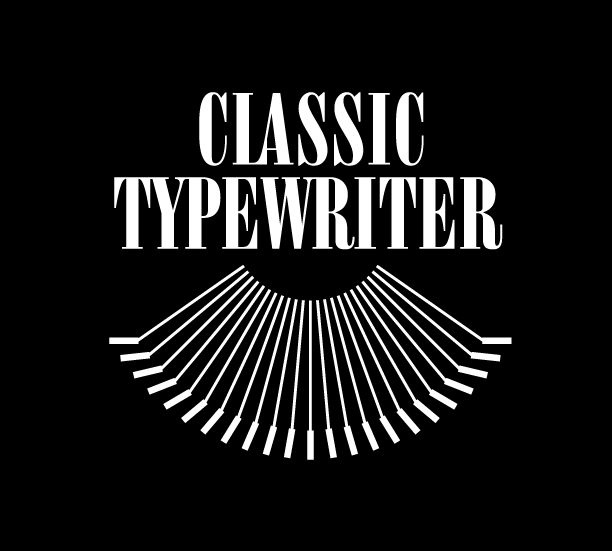Tools and practices of great 20th century novelists.
Ernest Hemingway (1899-1961)
Ernest Hemingway wrote in the mornings, often starting early and working for several hours without interruption. He initially drafted with pencils on onionskin typewriter paper, using a clipboard to the left of his typewriter. Hemingway would then type his work standing up, using various portable typewriters including Coronas and an Underwood Noiseless Portable. He tracked his daily word count on a cardboard chart, aiming for 500 words per day. Hemingway's seminal works include "The Sun Also Rises" (1926) and "The Old Man and the Sea" (1952).
J.D. Salinger (1919-2010)
J.D. Salinger employed a unique filing system, using red dots for works in progress and green dots for pieces needing editing. He emphasized the importance of structure and organization in his writing process. After completing a book, Salinger would reflect on what he had received from the work, what he had given to others, and any troubles he may have caused. His most famous work, "The Catcher in the Rye," was published in 1951.
John Steinbeck (1902-1968)
John Steinbeck used a large notebook for his first drafts, beginning each day by writing a note to his editor on the left-hand page before starting his novel on the right. He preferred round pencils, initially using Mongol 2 3/8 F and later the Blackwing 602. Steinbeck typed his manuscripts on an olive green Hermes Baby portable typewriter. He believed in writing rapidly without revising until the entire idea was captured on paper. Steinbeck's notable works include "The Grapes of Wrath" (1939) and "East of Eden" (1952).
George Orwell (1903-1950)
George Orwell wrote his masterpiece "Nineteen Eighty-Four" (1949) while struggling with ill health, using a battered Remington Home Portable typewriter. He often worked in bed, chain-smoking and fueled by coffee and tea. Orwell was known to revise and retype entire chapters. He famously described writing a book as "a horrible, exhausting struggle"4.
J.R.R. Tolkien (1892-1973)
J.R.R. Tolkien favored an American Hammond Varitype typewriter made in 1927, later switching to more portable models. He often wrote detailed notes about Middle Earth in longhand before typing. Tolkien typed the entire manuscript of "The Lord of the Rings" twice, working on his bed in an attic. His seminal works include "The Hobbit" (1937) and "The Lord of the Rings" trilogy (1954-1955).
Jack Kerouac (1922-1969)
Jack Kerouac developed a unique writing method to capture the frenetic energy of his experiences. He taped rolls of paper into a massive scroll that would feed continuously through his typewriter, allowing him to write without interruption. This technique enabled him to compose the first draft of "On The Road" in just a few weeks. Kerouac advocated for spontaneous, unfiltered writing, as evidenced by his "30 Rules for Writing" which included advice like "Write what you want bottomless from bottom of the mind" and "No fear or shame in the dignity of yr experience, language & knowledge". His seminal work "On The Road" was published in 1957.
Henry Miller (1891-1980)
Henry Miller maintained a disciplined writing routine while working on his first novel, "Tropic of Cancer" (published in 1934). He followed a strict set of rules, including working on one thing at a time, avoiding starting new books, and writing according to a program rather than mood. Miller emphasized the importance of focus and routine, advising writers to "Work calmly, joyously, recklessly on whatever is in hand" and to "Write first and always. Painting, music, friends, cinema, all these come afterwards." He used various typewriters throughout his career, viewing them as essential tools that made writing a visceral act.
Lawrence Durrell (1912-1990)
Lawrence Durrell favored classic manual typewriters over newer electric models. For much of "The Alexandria Quartet" (1957-1960), he is believed to have used an Olivetti Lettera 22, a portable typewriter that complemented his precise prose. Durrell also used an Olympia Splendid for his later works, and Smith Corona Three and Four models for earlier pieces like "The Black Book" (1938). He viewed typewriters as more than mere tools, describing them as "modern oracles" capable of channeling the subconscious into tangible form. The tactile experience of typing significantly influenced Durrell's writing style and creative process.
